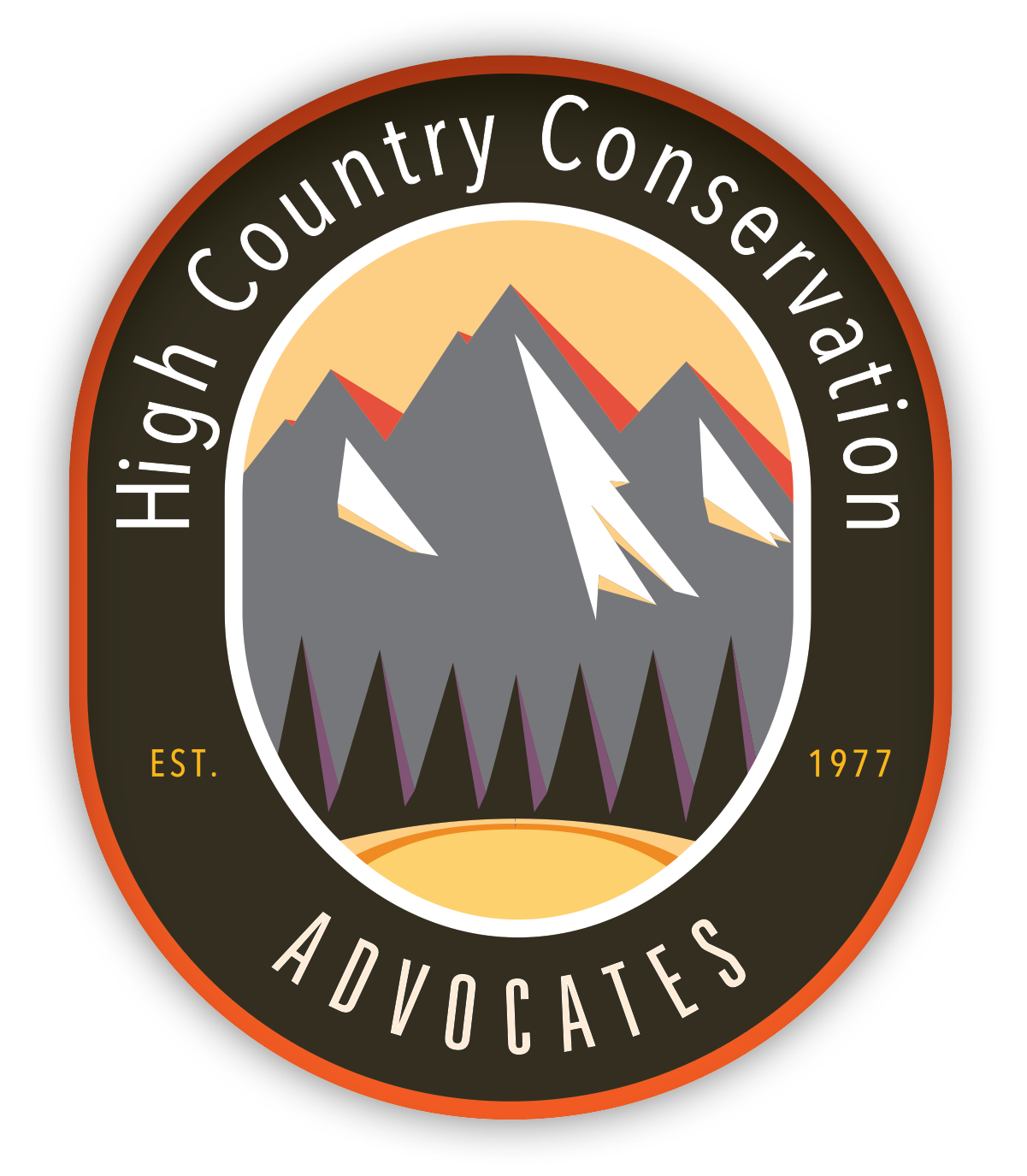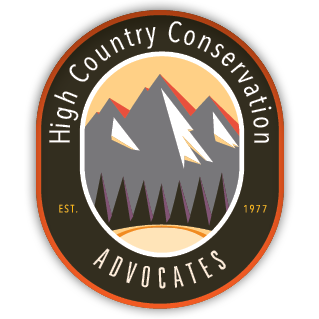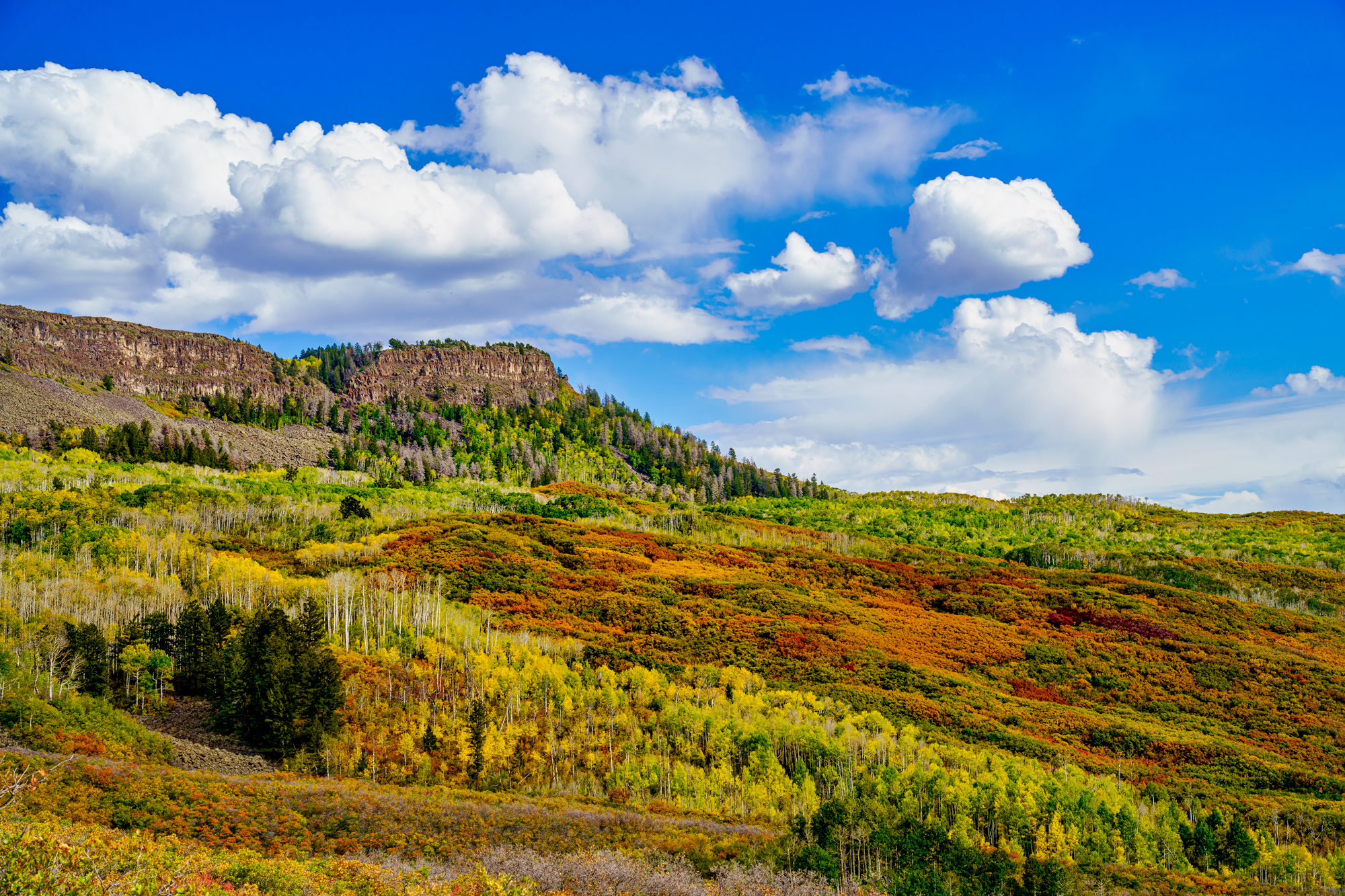Community Action Needed! Attend Tuesday’s Virtual Gunnison Ranger District Open House
On Tuesday, September 28, from 5:00 to 7:00 pm, the Forest Service’s Gunnison Ranger District will host a virtual open house to discuss the GMUG’s draft forest plan and its alternatives. High Country Conservation Advocates (HCCA) is asking all of our members and supporters who care about the future of the Gunnison National Forest to attend and speak up on behalf of wilderness, wildlife, and sustainable recreation.
What: Gunnison Ranger District Open House to Discuss the GMUG’s Draft Forest Plan and How It Affects Local Public Lands
When: Tuesday, September 28 from 5:00 to 7:00 pm.
Where: Online! To attend virtually, click here.
Why: On August 13, 2021, the U.S. Forest Service released its draft revised forest plan and draft environmental impact statement (DEIS) for the Grand Mesa, Uncompahgre, and Gunnison (GMUG) National Forest. This initiated a 90-day comment period that will conclude on November 12, 2021. Forest plans provide a general framework to guide the management of a national forest. Because forest plans are usually revised no more often than every fifteen years, and the current plan is 38 years old, this process will likely shape management decisions and on-the-ground conditions for decades to come.
How: HCCA has identified some key positive aspects of the GMUG’s draft forest plan, as well as some significant areas for improvement. Please consider raising the following issues during Tuesday’s open house:
· Alternative B’s 34,000 acres of recommended wilderness is a small reflection of lands that should be recommended. HCCA supports the 261,000 acres of wilderness area recommendations in Alternative D, and urges that those be included in the final plan. To put this into perspective, the Forest Service in its proposed 2007 GMUG forest plan recommended approximately 125,000 acres in 19 areas for additional wilderness. That plan was developed under the Bush II administration. Today's draft plan, released under the Biden administration, recommends 34,000 acres in the preferred, or "blended" alternative. So the Bush II plan had 125,000 acres, and the Biden plan has 34,000 acres ….
· Alternative B includes no Special Management Area (SMA) recommendations. HCCA supports the 246,000 acres of SMA recommendations in Alternative D.
· Protection of big game habitat is critical. HCCA supports the protections for big game and wildlife habitat that are most pronounced in Alternative D. According to the draft plan, “Alternative D would likely provide the most connectivity benefit due to providing the greatest extent of recommended wilderness, special management areas, and wildlife management area categories.”
· HCCA strongly supports the concept of Wildlife Management Areas (WMAs) in the revised forest plan and asks that those be retained and strengthened. This important management area designation could help protect habitat for a variety of wildlife species. However, in places where Alternative D’s wilderness and SMA recommendations overlap with the WMA-base identified in Alternative B, HCCA supports the stronger management prescriptions that Alternative D’s wilderness and SMAs provide.
· Every alternative in the draft plan posits a significant increase in suitable timber, which is a designation that interferes with consideration of responsible management of the forests for uses other than timber production. The draft plan’s timber suitability analysis seems designed to maximize the possibility of future timber harvest, even though the GMUG National Forest is much more valuable for conserving biological diversity and recreation than it ever could be for timber production.
· HCCA supports eligibility findings for all the stream segments included in the revised draft forest plan, including the following in our geographic area: Oh-Be-Joyful Creek and tributaries; West Elk Creek; Upper West Soap Creek; Copper Creek, Copper Lake and tributaries; and Anthracite Creek. At the same time, there are several streams in the Gunnison Country that were previously found eligible but have been left out of the revised draft forest plan, and those should go back in: Taylor River; Slate River; Daisy Creek (i.e. Poverty Gulch); and East River.


